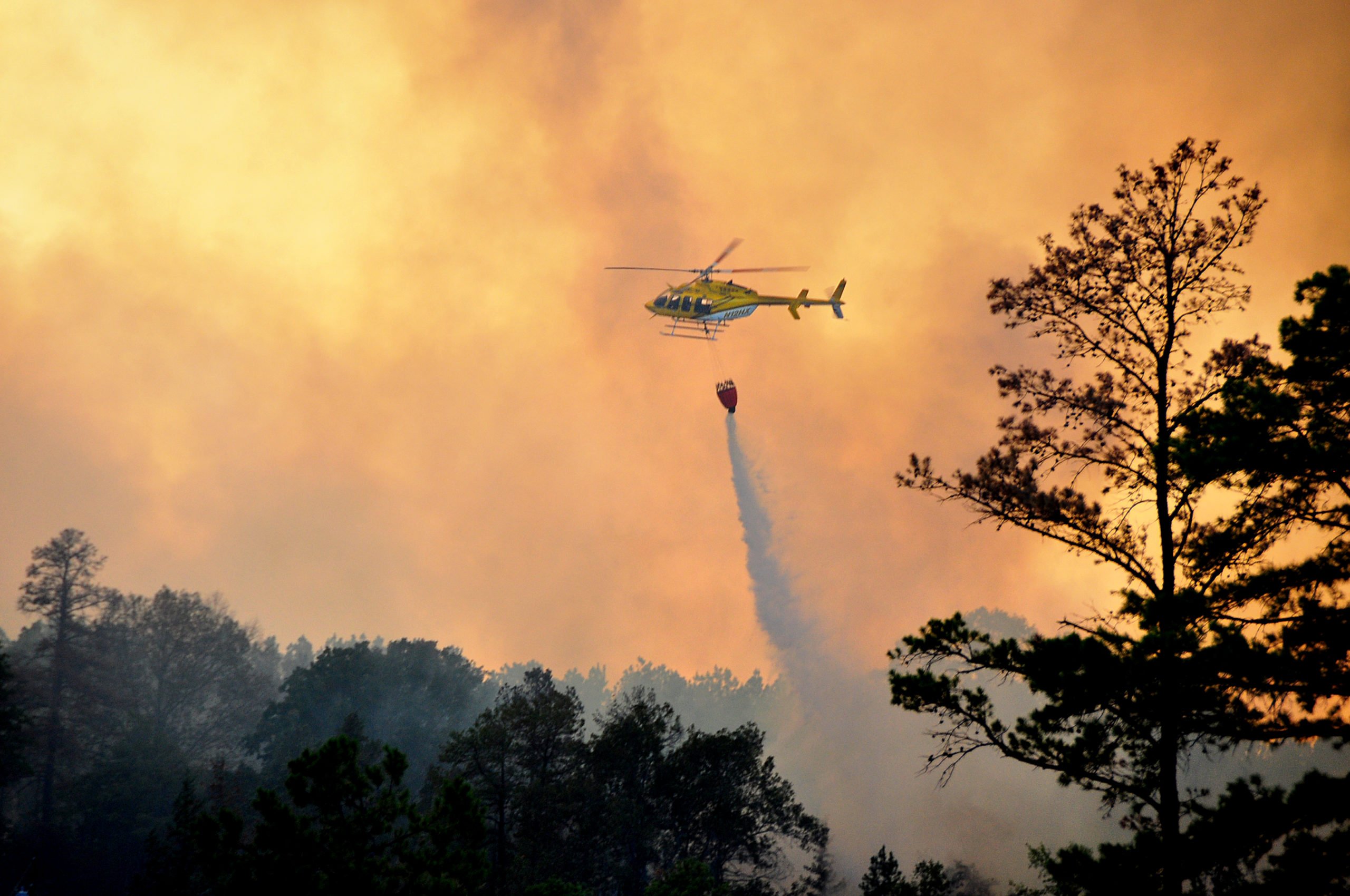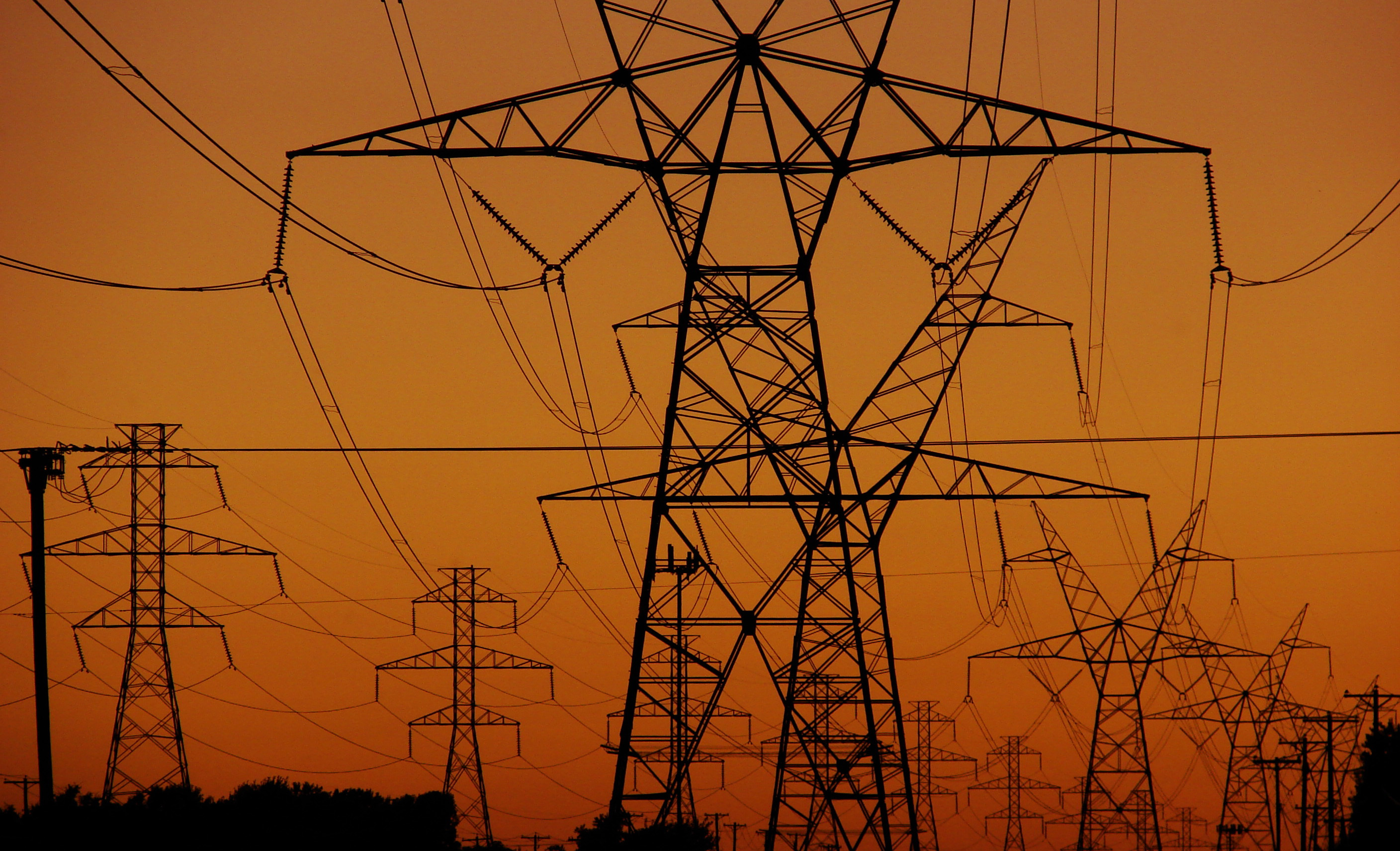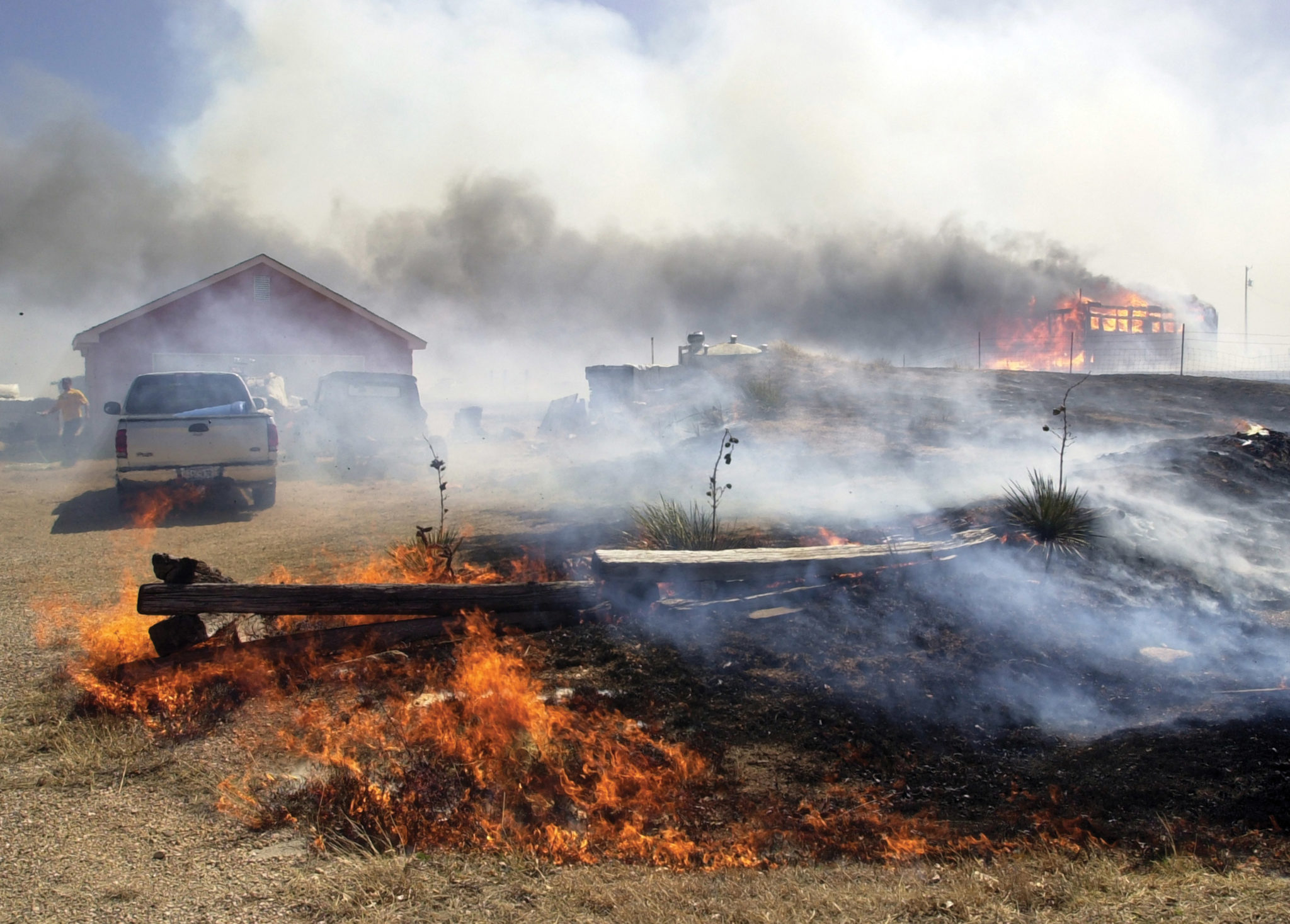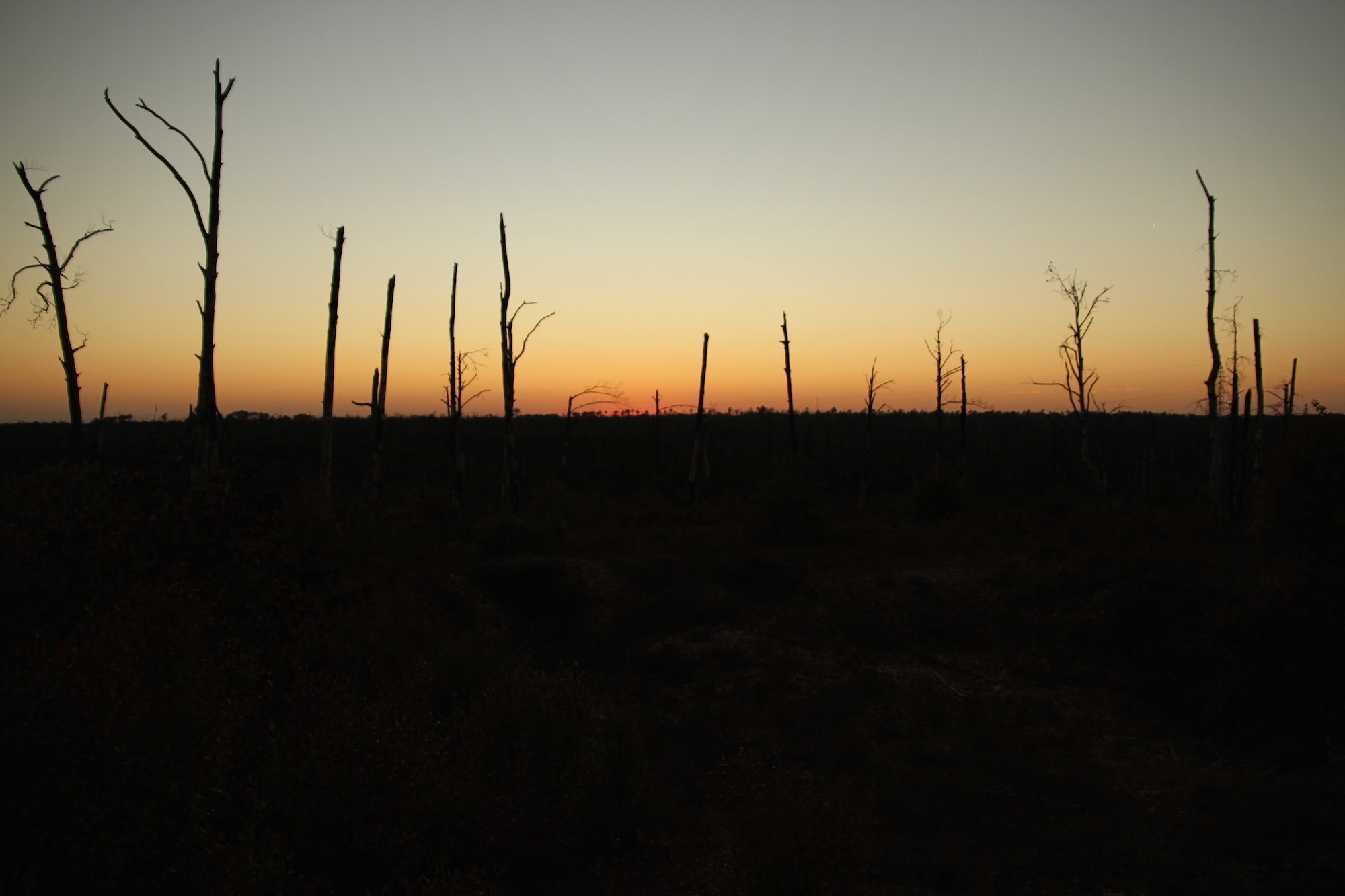
La Niña Brings Wildfires
Texas fires are growing in volume, severity, and sheer number.

A version of this story ran in the May / June 2021 issue.
Brad Smith is looking at Texas’ wildfire forecast, and what he sees is not encouraging. Smith, the head of a Texas A&M Forest Service division that predicts fires, has one of the best handles on when and where one will strike in Texas. In the spring of 2017, Smith scoured available climate and weather data and determined that there was a good chance of a massive wildfire breaking out in the Texas Panhandle; he alerted firefighting personnel, then booked it from College Station to Amarillo to see if his prediction would come true. Unfortunately, it did. More than 1 million acres were engulfed in flames and seven people died. “It was really tragic,” Smith says.
In an interview this March, he pointed out a similarity between 2017 and 2021: Both years have been visited by La Niña, a weather phenomenon in which cool Pacific Ocean temperatures cause hot, dry weather in North America. Smith says La Niña years generally correspond with increased wildfire danger in Texas partly due to worse drought conditions. It’s not unlike the Santa Ana winds that drive the devastating wildfires that ravage California. In 2006, La Niña weather contributed to a wildfire in the Panhandle that destroyed 90 structures, forced mass evacuations, and killed 12 people. The weather pattern manifested again in 2011, spurring another big fire in Possum Kingdom and sparking a blaze in Bastrop that was the most destructive wildfire recorded in state history. La Niña tends to persist only through the winter months, Smith says, but this year it’s expected to last through spring.
Scientists have already established that wildfires are linked to climate change, and Smith says that over the decades, he’s watched Texas fires grow in volume, severity, and sheer number. New research also indicates that climate change may make conditions associated with La Niña even more pronounced. Tim Brown, a Nevada-based researcher who studies the interface of drought and wildfire, says he also sees trouble on the horizon with La Niña this year. “I predict we could have a very active wildfire season.”
To make matters worse, this spring, 68 percent of Texas is facing drought conditions, classified as “exceptional” in portions of West Texas and the Panhandle. The U.S. Drought Monitor shows that drought in Texas accelerated between February and March, a trend that’s expected to continue through June. Already this year, a 10,000-acre blaze tore through King Ranch between Corpus Christi and McAllen, and in March, in an area just south of the Panhandle, almost 700 acres burned.
Despite the fact that climate change has led to an ever-growing number of fires, floods, blizzards, and hurricanes that rack the state, Texas officials have been loath to take action. For example, indicted Attorney General Ken Paxton filed no fewer than 27 lawsuits against the Obama administration in response to its efforts to curb climate change and enact environmental reforms. When Winter Storm Uri swept the state in February, killing nearly 200 Texans and causing billions of dollars in property damage, Governor Greg Abbott blamed wind turbines, instead of the deregulated grid, for the power failures. Texas spews more greenhouse gases into the atmosphere than any other state.
Smith says he can make a reasonable prediction of when and where the next fire will strike within a 48-hour period and doesn’t take vacation or make out-of-town plans during fire season, especially this year. For now, he’ll be closely watching the weather, hoping to catch the next big one before it strikes.


